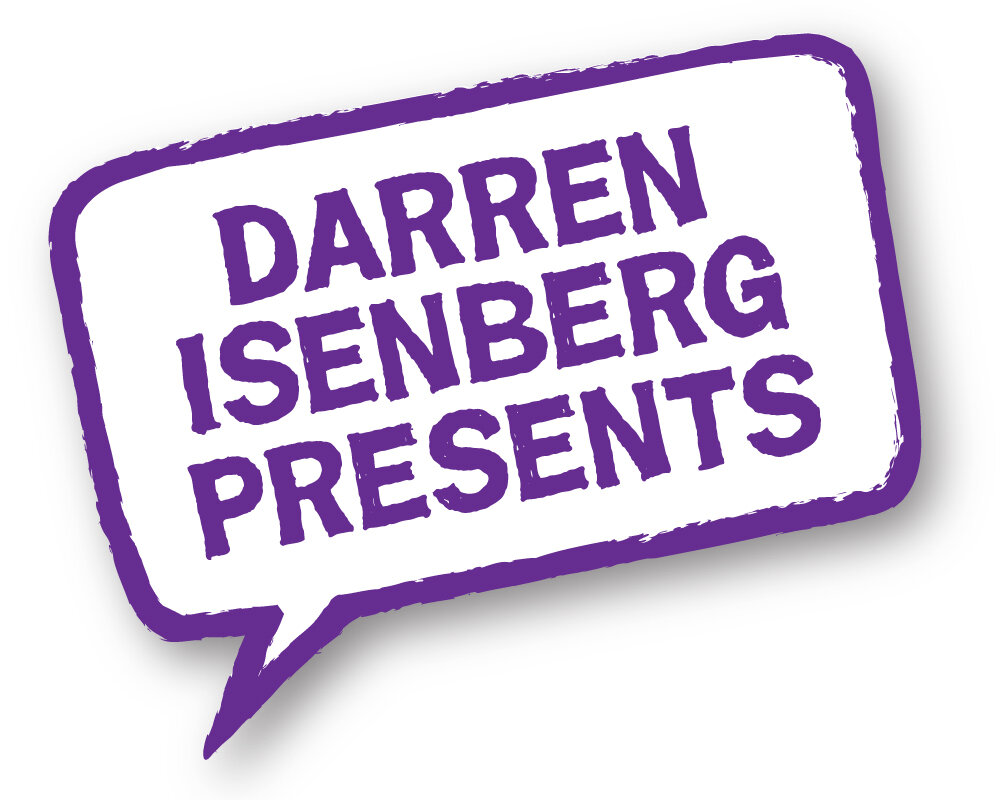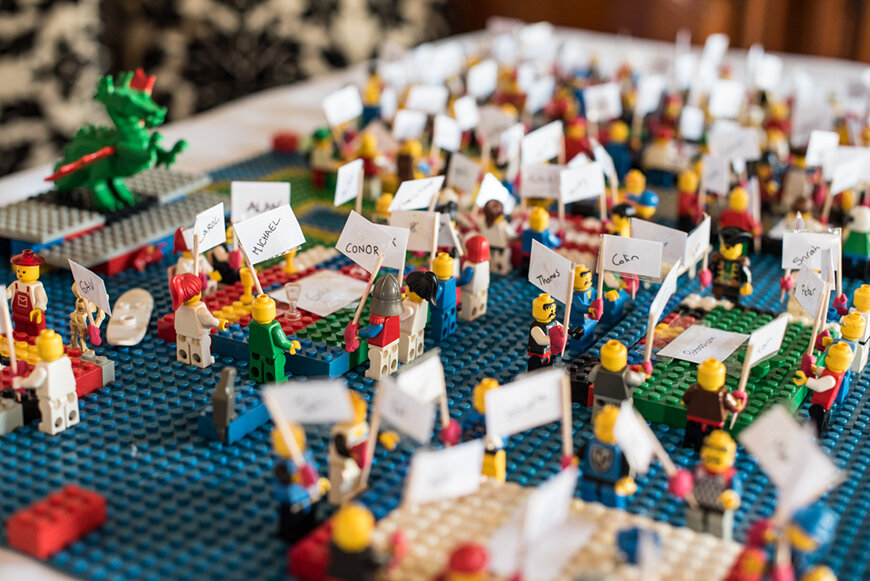LET’S SHARE A POSITIVE PHOTO FROM THE PANDEMIC. HERE’S MINE
I’m in the throes of putting together a show reel of my Virtual MCing.
Yes, it is a little bit later than ideal … but marketing is not my strong point … which is something with which, sadly, my lecturers and tutors at UNSW seemed to agree when I was undertaking my Marketing degree.
I just seem to always find ways to procrastinate when I’m embarking on a major marketing mission.
But, in the process of creating this reel, I was sifting through footage and photos and came across this one … and it immediately made me feel wonderful and warm:
It is a photo, taken in my home studio, of my laptop screen during an online medical conference I was MCing.
On the screen are myself and four people far more skilled and important-to-society than me … highly-qualified medical people, situated around the world, in Australia, the US and Hong Kong.
But they are doing something you don’t see often at serious conferences like medical symposia: they are smiling. Like, REALLY happy. Even a little excited.
Look at them again, closer up:
This photo makes me feel REALLY good? And I feel a little bit guilty about that, because it is a photo that was only possible because of the tragedy of the coronavirus pandemic.
But it is a photo that will serve as a reminder that:
a) In some ways, the pandemic made people think more positively:
Yes, I realise that in future history text books, in the Chapter on The Great Pandemic of the 2020s, we are more likely to see a photo of people fighting over toilet paper than we are of conference speakers smiling, but I want to remember how, in general, people started to become grateful for things they had always taken for granted.
Like (as this photo shows) simply being together, even if it was only in a virtual way.
I strongly suspect that, if these four presenters had gathered at a real-live conference and been asked to be in a photo, they would have smiled … but the sparkle and enthusiasm would not have been at quite the same level.
The pandemic made us grateful for ANYTHING that brought us together. Even things that we had previously found annoying.
In the future, those people studying The Great Pandemic of the 2020s will be SO used to doing so many things in an on-line format that they won’t be able to appreciate how amazing it was that the world adapted to Zoom (and other online platforms) so quickly and comprehensively.
But, the truth is, prior to 2020, for most of us, the prospect of a virtual meeting or an on-line conference was very-much dreaded.
They were clunky. We were thrown by the occasional sound delays and cuts, and the quality of the vision was so sketchy you couldn’t help thinking you were auditioning someone for the Blair Witch Project (look it up, youngsters!).
But when the pandemic hit, we quickly embraced Zoom and all its relatives. We forgave it its faults and focused instead on its amazingness.
And isn’t THAT the best way to approach anything?
Think of the things we MOST complain about on a day-to-day basis … our internet connection … our mobile phone … our car … even our partners!
Why is it we focus on the things that go wrong with them rather than on the amazing things they do the 98% rest of the time??
During the pandemic, we certainly didn’t become perfect as people, but we did get better at appreciating things for a while. And hopefully this photo will always remind me of that.
b) In some ways, the pandemic made it EASIER for people to get together
Prior to the pandemic, the logistics and cost of getting a speaker from Des Moines, Iowa and another from Hong Kong to share a stage with speakers from Australia would be tremendous. Often prohibitive.
But isolation ironically made it easier for geographically dispersed people to come together.
This photo will always remind me that the pandemic made it easier to tap into an entire planet’s worth of talent and knowledge. And we all benefited from that.
Later this year I will be MCing an event in Canada. From my garage. For a client who is situated in the US and has wanted to use me for years but never had the budget to bring me over from Australia.
Who or what has the pandemic made it more possible for you to do?
c) In some ways, the pandemic made people more open to new ideas
The final reason I love this photo and what it represents (and I’ve written about this in previous articles) is that, without the pandemic, I wouldn’t be in that photo.
Prior to the coronavirus, medical conferences very rarely used an MC … but once COVID hit and changed our worlds, I found myself working at quite a few (because they felt that, being new to a virtual format, they could benefit from having an experienced presenter on hand for proceedings).
How many times during the pandemic did you find yourself doing or trying something for the very first time? What would it have taken for you to do it or try it if there had been no pandemic?
Personally, I have become a more regular blogger and much better at creating videos.
Which reminds me. I still have to finish that show reel!
Curse my procrastination!!!

























